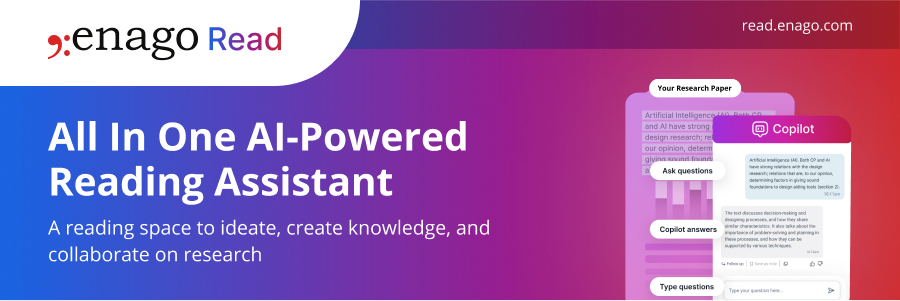Are Published Peer Review Reports Beneficial?

Although academic journal publishing has been around since the 17th century, the concept of the peer review system is relatively new as traditional peer review was only established and then adopted in the 20th century by most journals. Basically, this peer review system begins with the article being sent to an editor who then determines whether it is worthy of review, and, if so, the editor will send it to a few experts in the field. These experts serve as the reviewers and provide comments to the authors regarding the quality of the paper. In general, the reviewers are aware of the authors’ identities, but the reviewers’s identities are kept anonymous to the authors.
This type of “single-blind” review system does come with issues. For example, anonymous reviewers can unfairly lean towards a rejection or acceptance for unscientific reasons if they are biased towards the authors, especially if the reviewer is a direct competitor. Creating a double-blind system, by removing the name of the authors can help in these cases, but mostly, reviewers can figure out who the author is anyway. In addition, traditional peer review reports are only visible to the authors and the editor. Other researchers can only speculate on what data was added based on the reviewers’ suggestions. Often, it might be very useful to see the reviewer comments and judge whether the editor’s decision was in line with their opinion. Overall, these comments from a peer-reviewed article might be helpful to many researchers as well.
Open Peer Review
Several peer-reviewed journals are now shifting away from the traditional review and opting for an open review. The concept of an open review involves publicly naming the reviewers and/or editors, and also publishing some or all of the reviewer comments. The idea behind an open peer review is that authors can see who reviewed their work, and it compels reviewers to comment in a manner that would be useful for readers, thus reducing bias among reviewers and providing more constructive reviews.
Here are several examples of journals that are taking on an open review approach.
- BMJ now reveals the reviewer names to the authors.
- BioMed Central includes the reviewer names and pre-publication history for published articles in all medical journals in their BMC series of publications.
- Atmospheric Chemistry and Physics publishes manuscripts online as a “discussion paper” that is archived with all of the reviewer comments.
- Biology Direct includes reviewer comments and names with published articles.
- Frontiers includes reviewer names with articles.
- EMBO journal publishes the review process file with the articles. The editors are named, but reviewers remain anonymous.
- BMJ Open includes all of the reviewer names and review reports with the published articles.
- GigaScience publishes a pre-publication history with articles and names the reviewers.
- PeerJ publishes peer review reports along with author approval, and reviewer names are published with reviewer permission.
- eLife publishes the decision letter with author approval, but the reviewers are anonymous.
- F1000Research makes all of the peer review reports and reviewer names public.
- Nature Communications recently began to trial this method of open review.
Is Open Peer Review Really Beneficial?
One study has revealed that, when an open review system was implemented, there was a growing co-operation between reviewers and authors, and the accuracy of the reviews increased. Another recent study demonstrated that the transparency of the peer review process could be used to predict the quality of published research. In addition, many editors feel that an open review averts malevolent comments, stops plagiarism, prevents reviewer bias, and promotes honest, open responses. In contrast, other editors argue that an open review might force a junior researcher or faculty member to be less honest out of fear that their comments might affect their own career or funding opportunities. However, if reviewers know that their names will be published with their comments they might be less likely to accept the offer to review the paper. As more and more journals begin experimenting with the open review process, studies can then be conducted to determine the full benefits or pitfalls of eliminating anonymity from the perspective of the author, the reviewer, the editor, and the reader.











My personal experience is that the reviewer bias definitely comes down. At the same time, reviewers may also tend to be less critical fearing friction in the relationship with the author. After all, they are in the same field and it is a small world. They might be knowing each other at a personal level.
Of course, “people might be less likely to accept the offer to review the paper if reviewers know that their names will be published with their comments”, if journals don’t pay them for doing this. There is simply more risk than benefit. If journals stop treating reviewers as slaves and give them what they deserve, the review quality will probably increase.